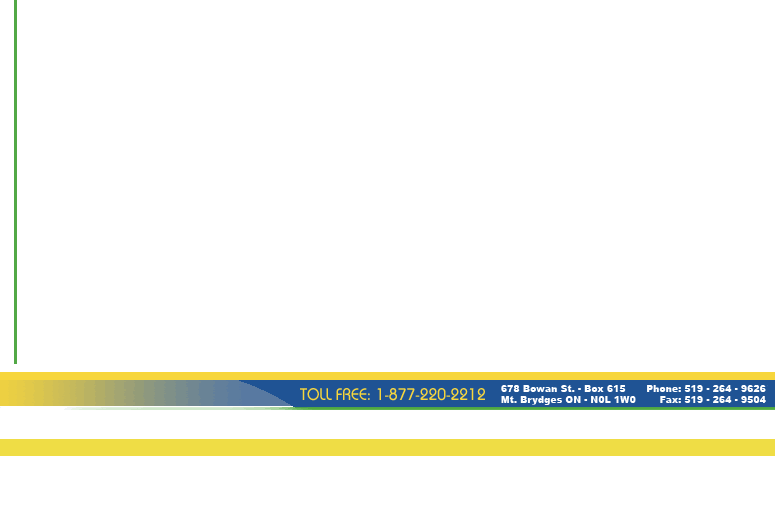Maximum
Swine
Marketing Ltd. Newsletter
Hog Commentary for
October 24th, 2006
Hog
Markets
Cash hog bids in regional and national markets were lower as
packer’s had no problem sourcing hogs to fill their heavy
kill schedules. Regional bids declined seasonally falling $3.99
US/cwt and the lagged national hog prices were $1.40 US/cwt
(NBC) lower on the week. Cutout was soft but packer margins
improved which will allow them to bid for hogs once the current
surge in supplies has worked its way through the system. Weekly
slaughter exceeded last year’s total by 1.0% and was 2.2%
higher than last week.
Lean hog futures traded mixed this week. Nearby contracts were
down slightly while deferred contracts gained value on anticipation
that pork demand will remain strong, higher corn prices will
reduce weights and disease pressure will affect marketing’s.
Apr to Oct 2007 are all within $1.00 US/cwt of their contract
highs, leaving only Feb 07 and Dec 06 contracts outside this
tight range. Dec 06 through Oct 07 weekly changes in futures
were as follows: Dec: -0.77, Feb: -0.19, Apr: -0.02, May: 0.12,
Jun: 0.50, Jul: 0.37, Aug: 0.25 and Oct 0.50, all prices US/cwt.
Feed Markets
Soymeal prices continue to find strength, gaining $4.40US on
the futures for the week ending Monday October 23th. A climbing
CAD through weeks end helped to ease delivered prices and nearly
offset the weeks’ gains. Soybean harvest as of Monday
was 76% complete from 69% last week, and below the 16 year average
of 83%. Many traders were anticipating harvest to have advanced
further throughout the weekend however continued rains in the
eastern Midwest slow progress. Fundamentally the soy complex
contains considerable negativity however competing for next
year’s acres against corn and wheat will limit downside.
Corn futures had a relatively quiet week ending only 1.5 cents
higher with many traders expecting the recent rally to be nearing
an end. Corn harvest progress as of Monday stood at 53%, significantly
below last year’s 63%, but only slightly below the 16
year average of 55%. Considering the early start to the growing
season and the favorable summer weather, the harvest progress
numbers are somewhat surprising as many traders and industry
personnel anticipated a much quicker harvest. The corn market
has shifted its attention to the end of next year when ending
stocks are projected to fall below 1 billion bushels in the
US. Between now and then expect price fluctuations with downside
seen as pricing opportunities.

